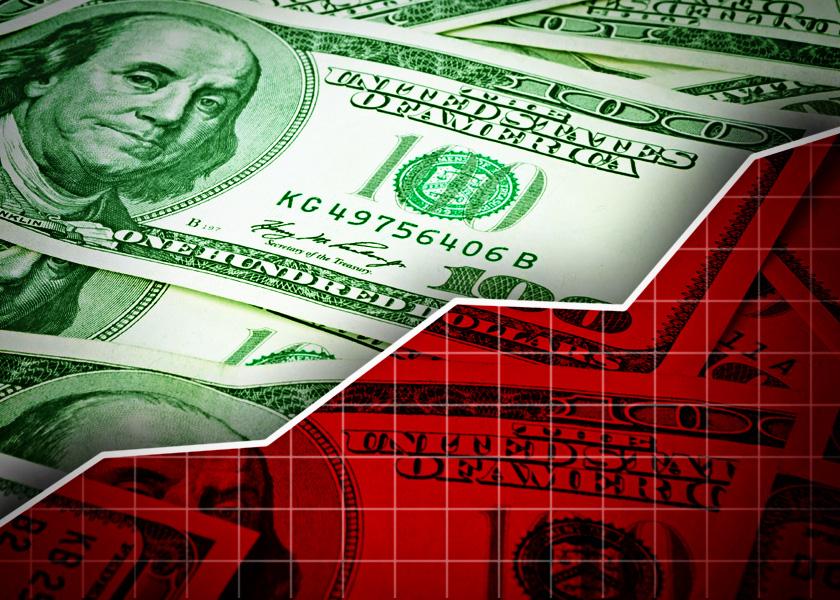The Food and Drug Administration said recently that the U.S. food supply is still "one of the...
Americans Expect High Food Inflation to Persist

The core inflation rate doesn't include food because the prices change so often. Despite the recent slowdown in the rise of food prices, many consumers believe high food inflation will persist for a year to come, said Purdue researchers. Republicans were far more likely than Democrats to predict higher food prices, suggesting a partisan tint in expectations.
Participants in a Purdue survey said they expected food inflation to average a higher-than-normal 3.7% over the next 12 months, and they recalled an average food inflation rate of 6 percent for the past year. “Consumer food inflation estimates and expectations have remained relatively consistent over the past three months,” said Purdue, notwithstanding monthly declines.
The Labor Department said food prices had risen 2.2% over the past 12 months, the lowest rate since May 2021. USDA economists forecast food inflation at just 1.3% in 2024. The 20-year annual average for food price increases is 3%. Food inflation peaked at 11.4% in August 2022 and has declined in each succeeding month.
“Even though inflation has cooled significantly … inflation remains positive,” said Joseph Balagtas, Director of Purdue’s Center for Food Demand Analysis and Sustainability. “Consumers, on average, are predicting inflation to rise a bit in the coming year.”
Indeed, food inflation has been consistently anticipated in Purdue’s monthly survey of 1,200 consumers. In the most recent survey, conducted in February, 64% of respondents said they expected food prices to rise. The high point was 69% in February 2022; that number has dropped a tick or two below 60% in five of the surveys since then.
Some 71% of self-identified Republicans said they expected food prices to rise, an expectation shared by 56% of self-identified Democrats. “It seems our political leanings color our perceptions of the food economy,” said Balagtas. Partisanship has also been reported in how Americans rate the economy overall.
Survey participants reported spending an average of $195 a week per person on food, compared with $182 a week in February 2023 and $163 a week in February 2022. On average, consumers are spending about $127 a week on groceries … and $68 a week on restaurants and other carryout food — up 19% from two years ago, according to Purdue.
Over the past year, there has been a slight downward trend in the number of meals eaten outside the home each week, an apparent reaction to increased prices. According to the Consumer Price Index, food-away-from-home prices increased 4.5% in the past 12 months. The category includes restaurant meals, carryout food, school meals, company cafeterias, and vending machine purchases.
EDITOR’S TAKE:
It is difficult to get away from the discussion surrounding inflation, especially when it comes to basic items like food. The Purdue survey shines a bright light on what consumers have been through in the past couple of years and what they expect in the year ahead. The message – they are feeling the pinch! And trends like less eating out also demonstrate how they are reacting to the increased pressure on their finances. With that being the case, they are pulling back in other areas of spending, especially big ticket items that are discretionary. Farmers/ranchers may also be feeling a pinch, but they are less likely to postpone purchases that help them improve their efficiency and productivity around the farm or ranch. They still purchase those trucks and SUV’s. Put them at the top of your customer prospect list and be sure to place your inventory on AgTruckTrader.com®.








